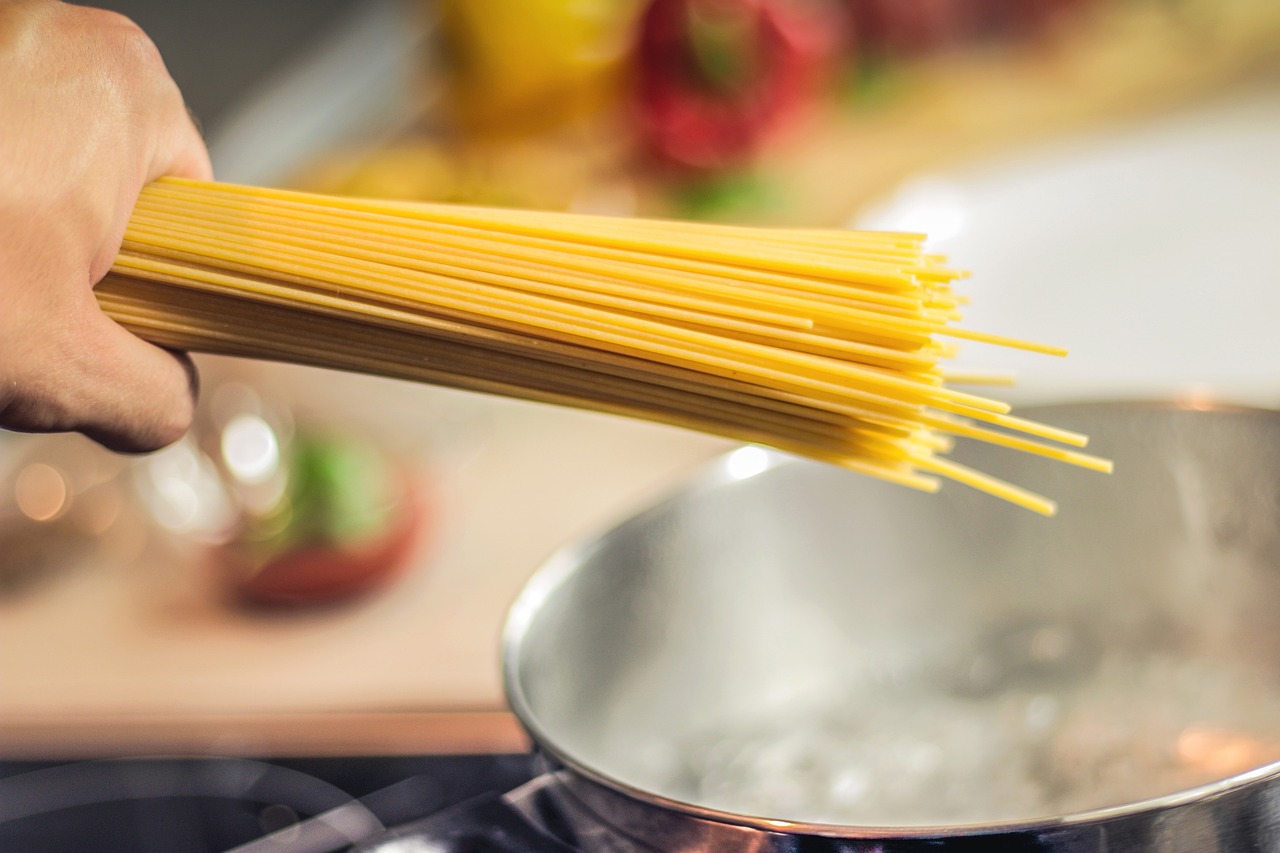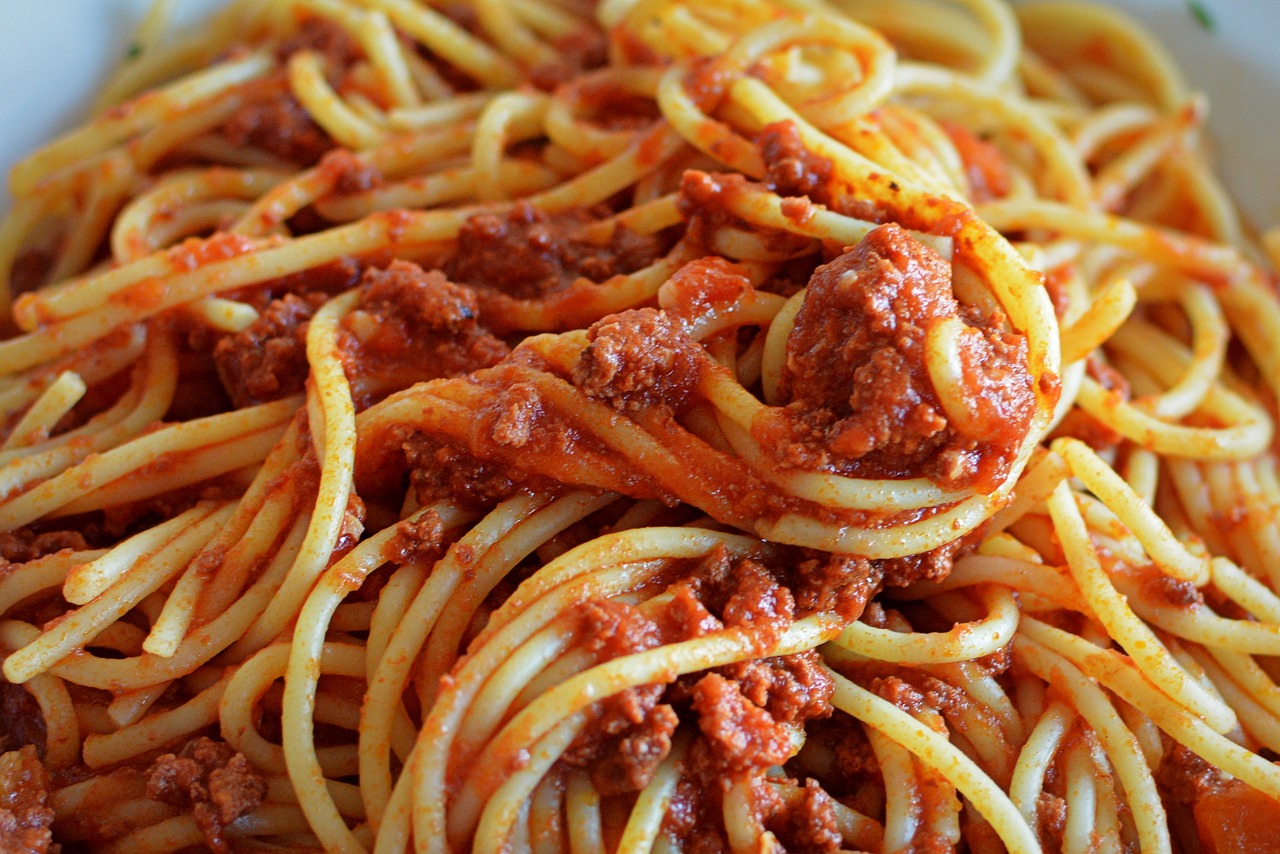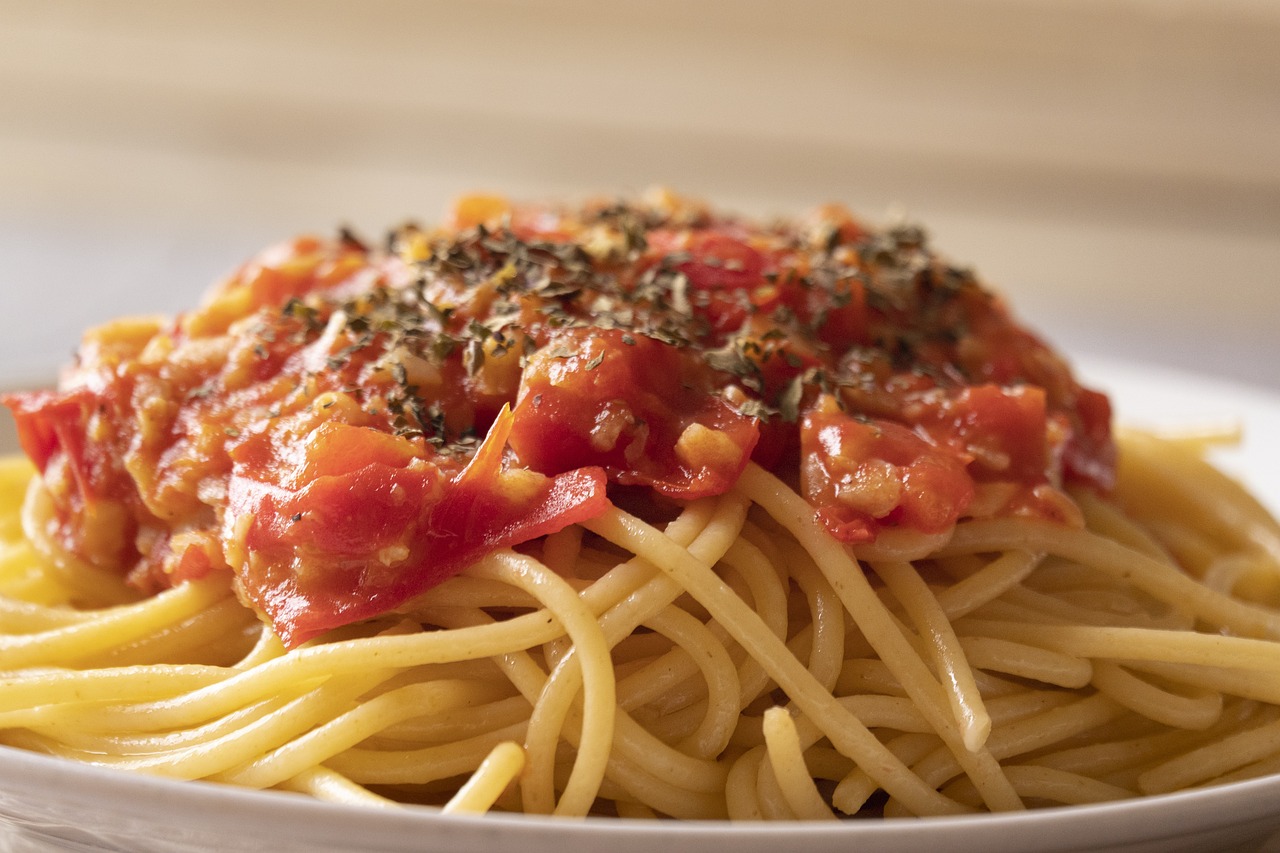Pause Your Entire Life: This One Pasta Trick Will Change Everything

Okay, you’ve had spaghetti in the restaurant, and you’ve had spaghetti at home. In the restaurant, the stuff is simultaneously chunky and velvety. It clings to the pasta, and it suddenly makes sense why you want to spend so much time twirling: those fancy noodles are like a net to bring all that saucy goodness off the plate and into your head as quickly as possible.
But at home? We plop plain noodles onto a plate. We drop a vat of sauce in the middle of the table. We spoon the sauce over the noodles. We cry when the sauce doesn’t cling to the noodles and leaves us with a watery puddle in the middle of our plate. Do we all cry about that, or have half of us decided that that’s normal?
Listen up: avoiding this problem and going to restaurant-quality pasta is literally free and takes five minutes of effort. I’m gonna spell it out in four words. Ready?
Save your pasta water.
Pasta water is the MVP of cooking. Yes, I’m talking about that cloudy, salty liquid that looks like it’s been pulled from a pond outside a swamp witch’s lair. Turns out, it’s not trash. Grab a ladle and let me walk you through why pasta water is your secret weapon and how to wield its power like the kitchen demigod you are.
Rule One: Respect the Water
What if I told you your pasta water isn’t just the byproduct of boiling noodles? It’s basically a potion of dissolved starches, seasoned with salt, that can transform your cooking from “meh” to Michelin-worthy.
Starch does a few magical things:
- Binds Sauce: Ever notice how cheap jarred sauce slides off spaghetti like it’s fleeing a bad date? Starch fixes that by binding the sauce to the pasta, making it clingy in the best possible way.
- Thickens: Forget dumping in a ton of flour or cornstarch to save a sad, runny sauce. Pasta water gently thickens as it emulsifies, giving you that creamy texture dreams are made of.
- Seasons Like a Boss: If you salted your pasta water correctly (which generally means enough to taste like the Mediterranean Sea, though this varies depending on the sauce you plan to use), it adds depth to your sauce without overpowering it.
Rule Two: Trust the Chaos
The first time you use pasta water, it’s going to look like a culinary train wreck. You’ll mix it with your sauce, and suddenly everything seems thin and watery. Maybe you’ll panic, muttering, “What have I done?”
This is exactly what happened to me the first time I made an authentic Italian alfredo three years ago. The stuff has only three ingredients, and one of those ingredients is pasta water. Ten seconds into making the mixture, I gaped in horror at the mess of cheese and water in front of me and contemplated how I would tell my wife I’d ruined dinner.
Ten minutes later, we enjoyed the best Alfredo ever.
If you’re freaking out about your pasta water, relax. This is normal. Here’s what’s happening:
- The water hasn’t fully emulsified with the fat (butter, oil, or cheese) yet. It needs time, heat, and some serious stirring to come together.
- The starches are still hydrating, thickening the mixture as they work their magic.
How to Actually Use Pasta Water (Without Screwing It Up)
- Scoop First, Strain Later: Before you pour your pasta into the colander, grab a heat-safe measuring cup and steal about a cup of that starchy goodness. If you forget this step, you’re out of luck, and I can’t help you.
- Add Gradually: Start with a small splash of pasta water in your sauce. Stir, assess the consistency, and repeat if necessary. It’s easier to add more than to fix a sauce that’s suddenly swimming.
- Combine Pasta and Sauce in the Pan: This is where the magic happens. Once your sauce and pasta water are vibing, add the cooked pasta directly into the pan. Toss it all together over gentle heat until every noodle is beautifully coated.

This is pasta that was tossed together with the sauce, and you can tell they used pasta water to emulsify because of the way that sauce and bits of meat are clinging to the noodles. Glory on a plate.

This is pasta that was dumped on a plate, then unceremoniously slathered in tomato sauce. You just know that after ten seconds of eating, the sauce will all be at the bottom of the plate, and the noodles will be nothing but “vaguely tomato flavored.” This might be great for “the pasta my grandma always made” or “my favorite recipe in kindergarten,” but come on. An upgraded pasta is just one cup of water away. Thank me later.
If you’re wondering when to break out this secret weapon, the answer is almost always. Here are a few pasta water power moves:
- Cacio e Pepe: Pasta water, cheese, and black pepper. It’s like alchemy, but edible.
- Carbonara: The key to preventing scrambled eggs? Pasta water. It helps create that silky, luxurious texture.
- Aglio e Olio: Garlic, olive oil, and a splash of pasta water. Minimal ingredients, maximum taste.
- Pesto: Thins out the thick paste while helping it stick to the noodles like a boss.
- Alfredo: The American variety uses cream and a whole host of other ingredients to try to replicate the Italian variety. While I generally don’t compare different cultures’ renditions of a dish, in this case I have to say the Italian is way better.
- Tomato: Yes, even this most basic of sauces benefits from pasta water. Watch your spaghetti cling together instead of drip apart like tomato tears, and you’ll understand.
Rule Three: Be a Showoff
Let’s not pretend you’re saving pasta water out of pure practicality. You’re doing it because it’s a flex. It says, “I know what I’m doing in the kitchen,” even if you’re just winging it most of the time.
When you serve a bowl of perfectly sauced pasta, with no puddle of sadness at the bottom of the plate, people will notice. They might not know why your pasta tastes so incredible, but they’ll know it’s better than anything they’ve made. And isn’t that the point?
The Final Takeaway
Saving pasta water is a free and insanely easy way to elevate your cooking. It’s the difference between dumping jarred sauce on limp spaghetti and creating something worthy of applause.
Now go forth and embrace the magic of pasta water. Your guests will thank you. Your sauce will thank you. Heck, tell me what you’ve done and I’ll even thank you.
P.S. Was this article the culinary epiphany you needed? Let me know in the comments.
 Matthew Christensen
Matthew Christensen
Weekly Newsletter Contributor since 2023
Email the author! matthew@dvo.com
